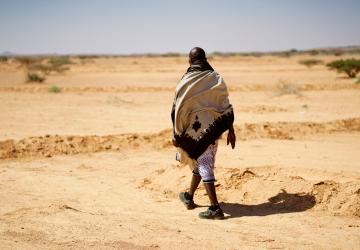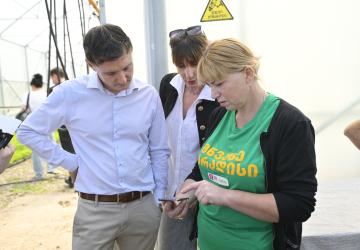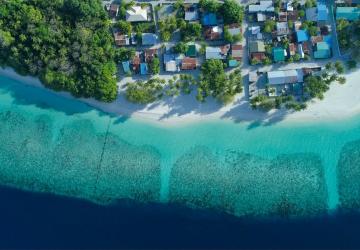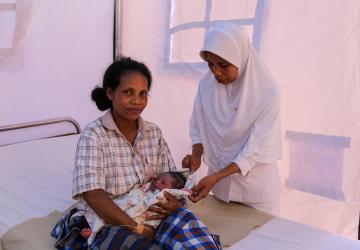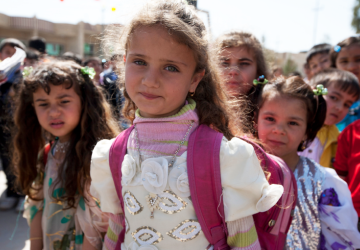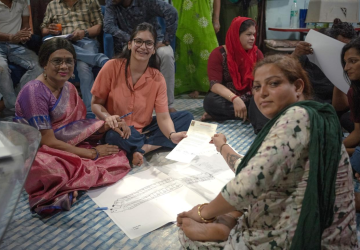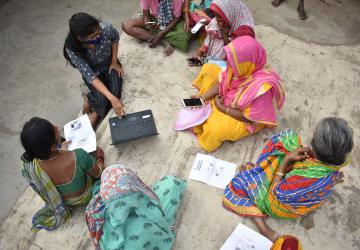After COP28: What’s next for Sri Lanka?
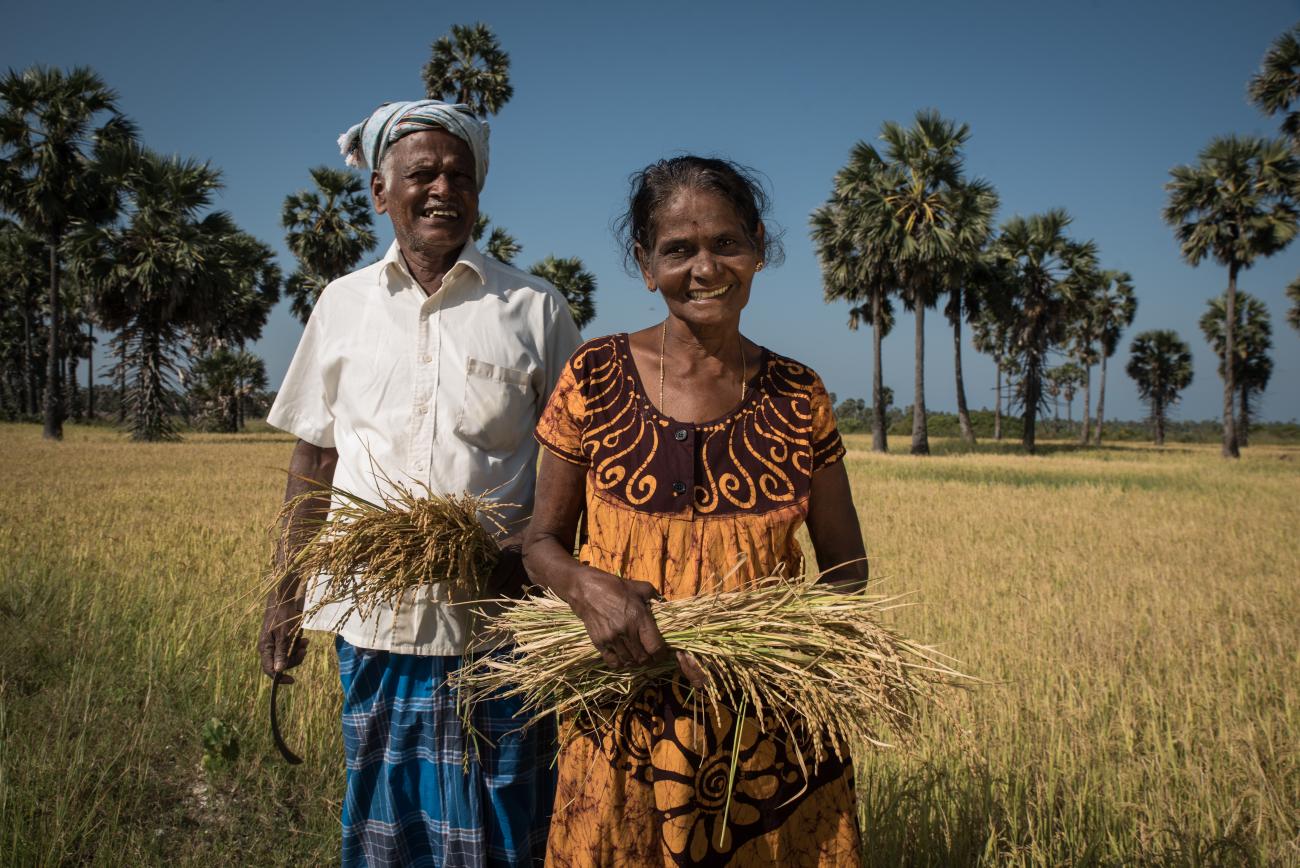
As an island nation in the middle of the Indian Ocean, Sri Lanka is highly vulnerable to the impacts of climate change. Over the past few years, the country, where I serve as the UN Resident Coordinator, has consistently ranked amongst the top 10 nations at risk of extreme weather events in the Global Climate Risk Index. In the last month alone, Sri Lanka has been hit by heavy rainfall and strong winds that caused floods and landslides that affected livelihoods.
With the risk of other extreme weather events and climate-related disasters continuing to increase, the Government of Sri Lanka is scaling up its commitment to reduce greenhouse gas emissions and adapt to climate change under the Paris Agreement. Central to this approach is the recognition that adaption and mitigation strategies represent opportunities rather than obstacles to sustainable development and green economic growth.
On the global stage, Sri Lanka has demonstrated this determination to drive positive change for the planet and explore new avenues for international collaboration. During COP28, which concluded last month in Dubai, Sri Lanka’s President Ranil Wickremesing launched proposals for three new initiatives—a climate justice forum, a tropical belt initiative, and an international climate change university. The UN stands ready to support Sri Lanka to step up towards a more sustainable, greener future.
Joining forces on the ground
With COP28 behind us, and the landmark declaration to transition away from fossil fuels adopted, attention now turns to climate action at the country level. In Sri Lanka, our UN team has been supporting the Government to do just that; working with national partners to translate its ambitious global commitments into bolder impact on the ground.
Natural resource management, climate resilience and environmental sustainability sit at the heart of these joint efforts, as set out in the new UN Sustainable Development Cooperation Framework for 2023-2027. Under this framework, we support the delivery of climate programmes and initiatives that have already reached thousands of people across the country. For instance, a water management project that upgrades irrigation and drinking water systems, or a pilot project for solar powered water pumping that uses natural and renewable resources, thereby boosting rural communities’ water security.
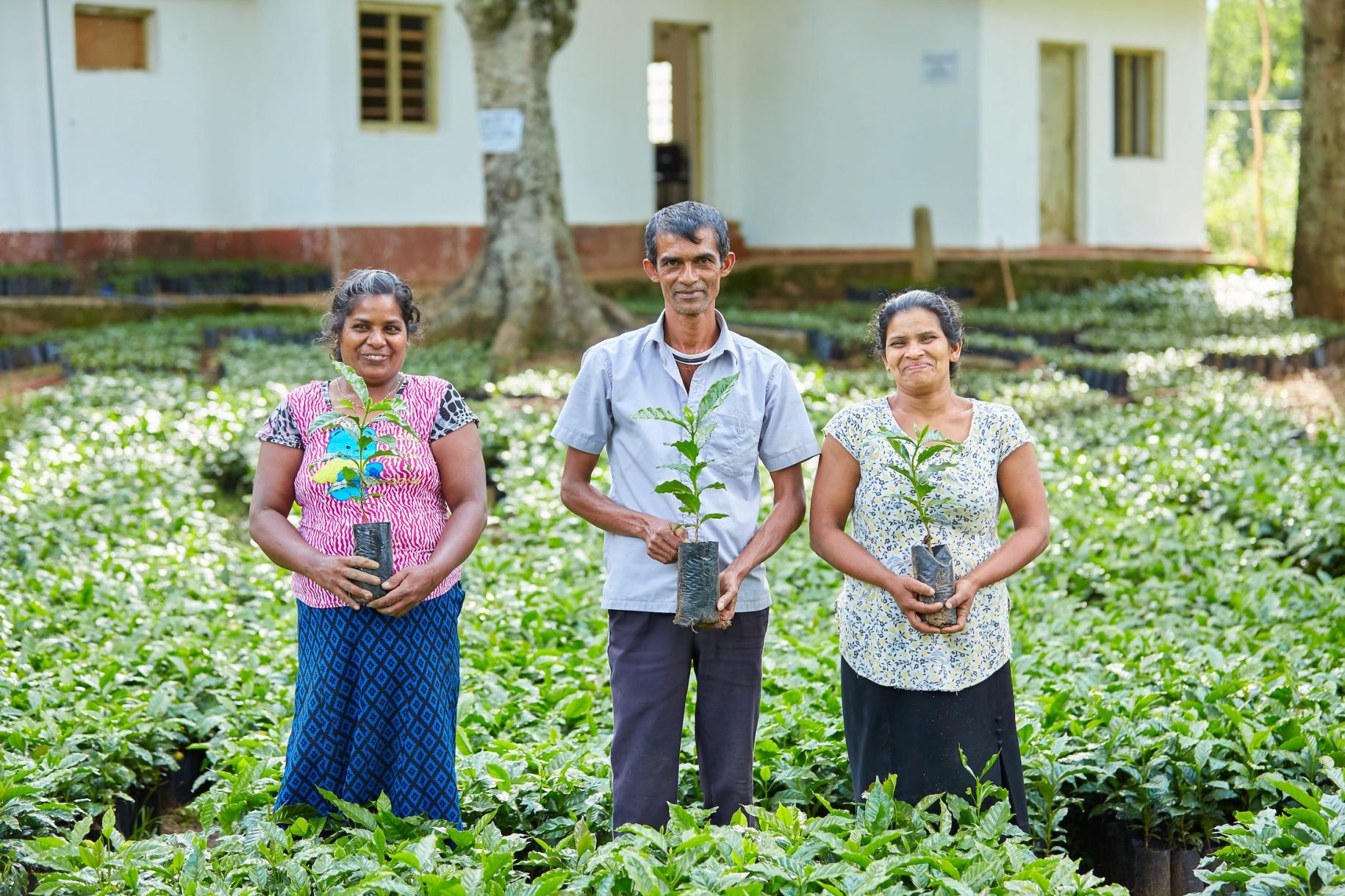
Other initiatives target policy changes, including the development of a green national tourism policy, or support in developing the National Disaster Management Plan for 2023-2030. In addition, our UN team closely collaborates with the Government to update and implement its Nationally Determined Contributions (NDCs) in an effort to raise national ambition to align with global climate goals.
Tackling interconnected crises
Our support to the country is rooted in the understanding that our climate challenges are closely interconnected, and that we can’t tackle one part of the ‘triple planetary crisis’ without advancing action on the other.
For example, with Sri Lanka being a global biodiversity hotspot—we have supported the Government to establish a national policy to safeguard its rich biodiversity in environmentally sensitive areas outside the official Protected Areas. Other pioneering initiatives bring together commercial banks and other experts to fund biodiversity conservation in Sri Lanka through a sustainable financing structure.
Building synergies between food security and sustainable agricultural practices is another important priority—and was emphasized as a key concern in Sri Lanka’s humanitarian response plan last year. Implementing resilient farming techniques, such as efficient water management and soil conservation practices, is essential for Sri Lankan farmers to withstand extreme climate events, including severe monsoons and droughts, which impact crop yields.
Financing the path to reach climate goals
To make Sri Lanka’s ambitious climate goals a reality, the question of sustainable financing is key. This is why we’ve been working to expand Sri Lanka’s access to innovative climate financing instruments including green bonds and debt swaps, which provide investors and creditors with incentives to finance and participate in environmentally-beneficial projects. This is especially important given the limited public resources and concessional financing available in the current economic climate. Our UN team has also supported Sri Lanka’s access to global climate funds, such as the Green Climate Fund and Global Environmental Facility, to finance its low-carbon and climate-resilient development.
To mobilize rapid support, the UN in Sri Lanka is leveraging its country-level SDG Fund to undertake joint programming, which has already helped enhance the climate resilience, disaster risk management, food security and well-being of the most vulnerable communities.
With the impact of climate change becoming more obvious than ever, there is no time for complacency. As Sri Lanka looks towards its own sustainable future, our UN team stands ready to advance this vision at the global, national and local levels, and to present a strong, coordinated response at the upcoming Summit of the Future.
This blog was written by the UN Resident Coordinator in Sri Lanka, Marc-André Franche. To learn more about UN Sri Lanka's work on the ground, visit: srilanka.un.org.



